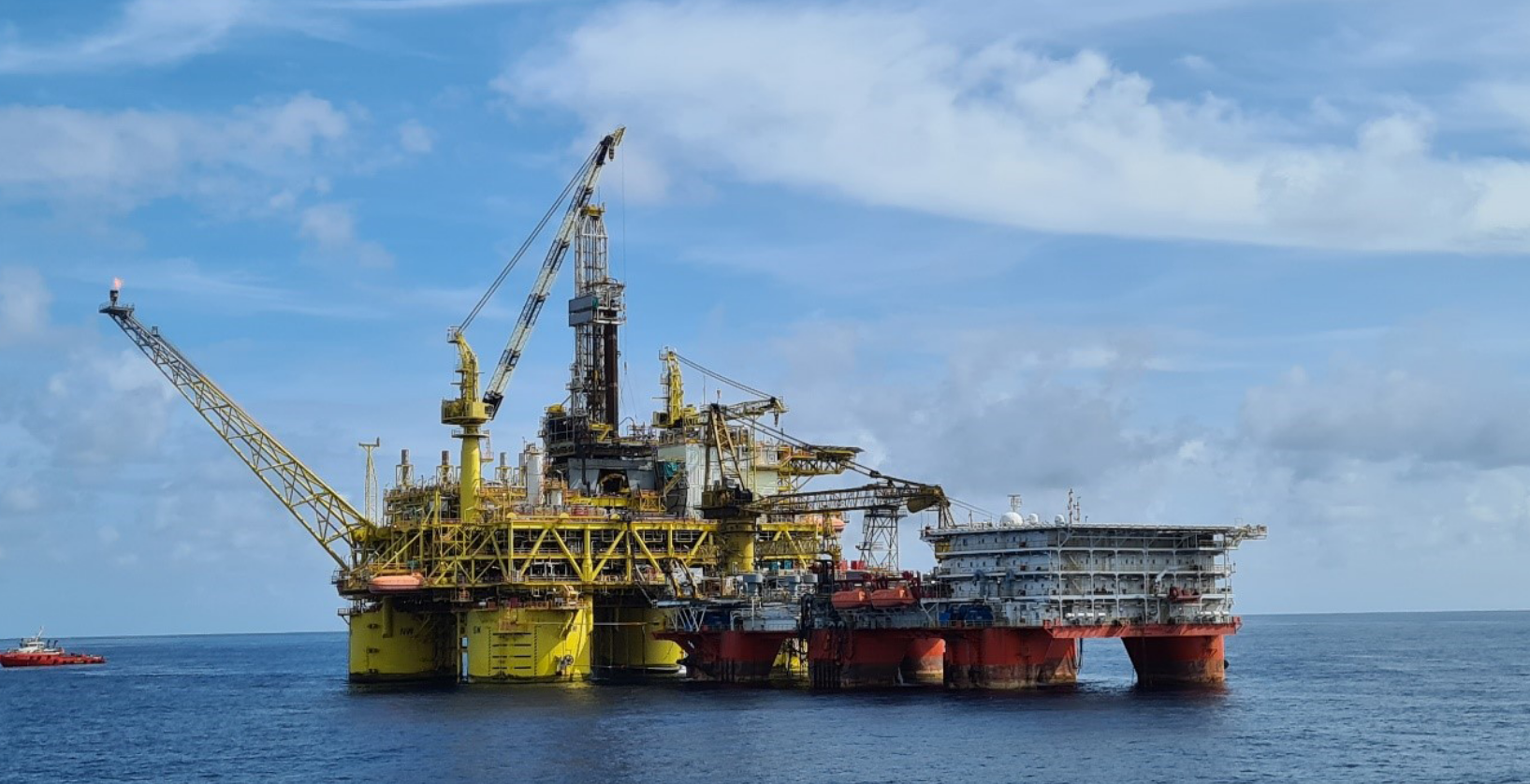Drilling
Drilling
Drilling is a dynamic and evolving field
Drilling is the backbone of hydrocarbon exploration and production, enabling access to subsurface reservoirs through advanced engineering and technology. Below is a detailed breakdown of its applications, methods, and challenges:
Drilling is the backbone of hydrocarbon exploration and production, enabling access to subsurface reservoirs through advanced engineering and technology. Below is a detailed breakdown of its applications, methods, and challenges:
1. Types of Drilling Operations
Exploratory Drilling:
Identifies hydrocarbon reserves in unproven areas (wildcat drilling).
Uses seismic data to pinpoint potential reservoirs.
Production Drilling:
Extracts oil or gas from confirmed reservoirs.
Includes development wells to maximize field recovery.
Directional/Horizontal Drilling:
Accesses reservoirs vertically, diagonally, or horizontally to optimize reach (e.g., shale formations).
Reduces surface footprint by drilling multiple wells from a single pad.
Offshore Drilling:
Conducted in shallow, deepwater, or ultra-deepwater environments using rigs (jack-up, semi-submersible, drillships).
Geothermal/Water Well Drilling:
Adapts oilfield techniques for geothermal energy or groundwater extraction.
2. Key Technologies and Methods
Rotary Drilling:
Uses a rotating drill bit and circulating drilling mud to cut rock and remove cuttings.
Top Drive Systems:
Enhances efficiency by rotating the drill string from the top of the rig.
Measurement While Drilling (MWD):
Provides real-time data on wellbore trajectory, temperature, and pressure.
Managed Pressure Drilling (MPD):
Prevents blowouts by precisely controlling wellbore pressure in challenging formations.
Hydraulic Fracturing (Fracking):
Injects high-pressure fluid to fracture tight rocks (e.g., shale) and release hydrocarbons.
Automation and Robotics:
Automates repetitive tasks (e.g., pipe handling) to improve safety and precision.
3. Equipment and Infrastructure
Drilling Rigs:
Land-based (conventional, mobile) or offshore (platforms, floating rigs).
Drill String and Bits:
Includes drill pipes, heavyweight drill collars, and PDC (polycrystalline diamond compact) bits.
Blowout Preventers (BOPs):
Critical safety devices to seal wells during emergencies.
Casing and Cementing:
Lines the wellbore with steel casing and cement to stabilize the well and prevent leaks.
Drilling Fluids (Mud):
Cools the drill bit, transports cuttings, and maintains wellbore pressure.
4. Operational Challenges
Technical Complexities:
High-pressure/high-temperature (HPHT) reservoirs, hard rock formations, and wellbore instability.
Environmental Risks:
Potential for spills, methane leaks, or groundwater contamination.
Cost Management:
Offshore and ultra-deepwater projects require massive capital investment.
Regulatory Compliance:
Strict permits, safety protocols, and environmental impact assessments.
5. Environmental and Safety Considerations
Waste Management:
Disposal of drill cuttings, produced water, and used drilling fluids.
Emissions Reduction:
Technologies like methane capture and electric rigs to minimize carbon footprints.
Spill Prevention:
BOPs, double-walled casing, and real-time monitoring systems.
Worker Safety:
Rigorous training, emergency response drills, and automated systems to reduce human error.
6. Key Geographical Regions
Onshore Hotspots:
Permian Basin (U.S.), Ghawar Field (Saudi Arabia), and Vaca Muerta (Argentina) for shale and conventional drilling.
Offshore Frontiers:
North Sea, Gulf of Mexico, Brazil’s pre-salt fields, and West Africa.
Arctic and Remote Areas:
Requires ice-resistant rigs and seasonal operations due to extreme conditions.
7. Innovations Shaping the Future
Digital Twin Technology:
Simulates drilling operations to optimize performance and predict failures.
Extended Reach Drilling (ERD):
Accesses reservoirs miles away from the rig location.
Nanotechnology Drilling Fluids:
Enhances lubrication and reduces friction in complex wells.
Green Drilling:
Integration of renewable energy (e.g., solar-powered rigs) and biodegradable drilling fluids.
8. Notable Examples
Permian Basin Shale Drilling:
Horizontal drilling and fracking revolutionized U.S. oil production.
Sakhalin-1 Project (Russia):
Extended reach drilling with wells over 15 km long.
Deepwater Horizon (Post-Incident):
Led to stricter safety standards and BOP redesigns.

